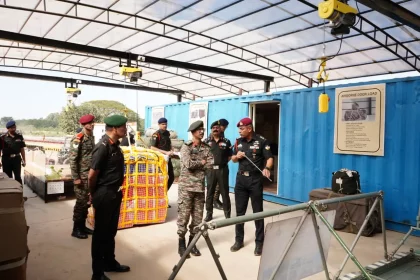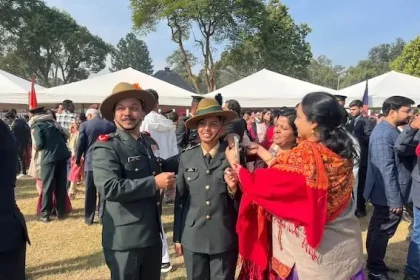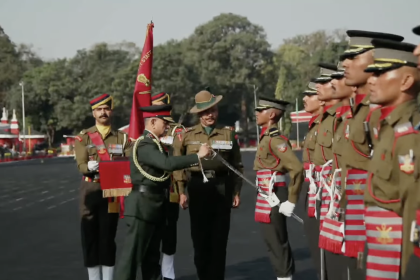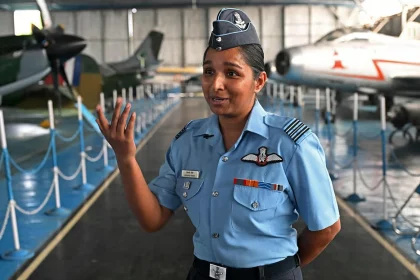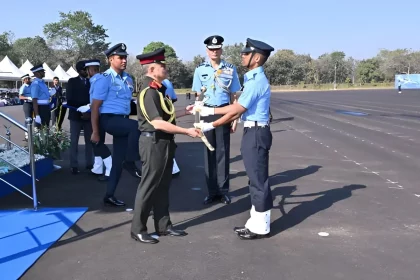Lt Gen VMB Krishnan Visits ASC Centre & College, Reviews Infrastructure and Technology Upgrades
QMG Reviews Modernisation Initiatives, Praises Technology Integration and Agniveer-Focused Infrastructure Upgrades.
Meet Lt Sai Jadhav: Indian Military Academy’s First Woman Officer to Pass Out, Commissioned into Territorial Army
Breaks New Ground at IMA, Becomes a Symbol of Women’s Growing Role in the Indian Army.
Lieutenant Nishkal Dwivedi Wins Sword of Honour at IMA Passing Out Parade 2025
The parade also witnessed the successful completion of training by 34 Officer Cadets from 14 friendly foreign nations.
Squadron Leader Shivangi Singh Transitions to Instructor Role on Hawk Jets
In a significant development highlighting the evolving roles of women in the Indian Air Force (IAF), Squadron Leader Shivangi Singh,…
Flying Officer Tanishq Aggarwal Wins Sword of Honour at AFA Passing Out Parade 2025
Flying Officer Tanishq Aggarwal from the Flying Branch was awarded the coveted President’s Plaque and the Nawanagar Sword of Honour…
2 MADRAS (Goondas) Celebrates 250th Raising Day with Pride at Pangode Military Station
2 MADRAS (Goondas) marked its 250th Raising Day at Pangode Military Station with ceremonial events honouring its legacy, fallen heroes…

